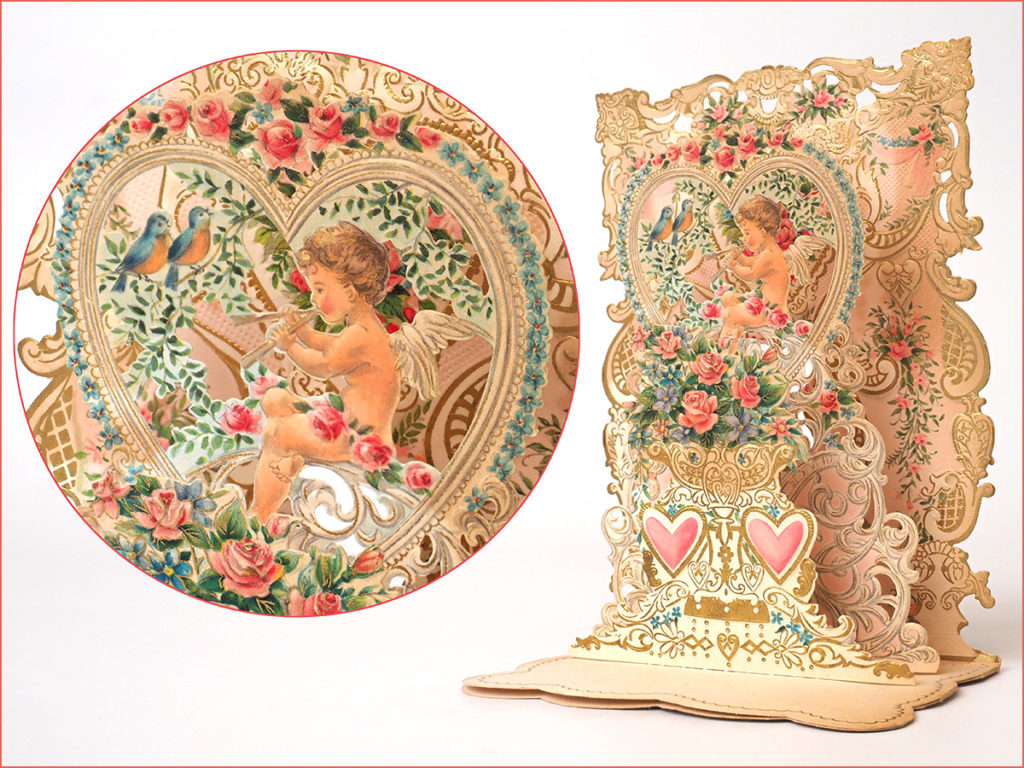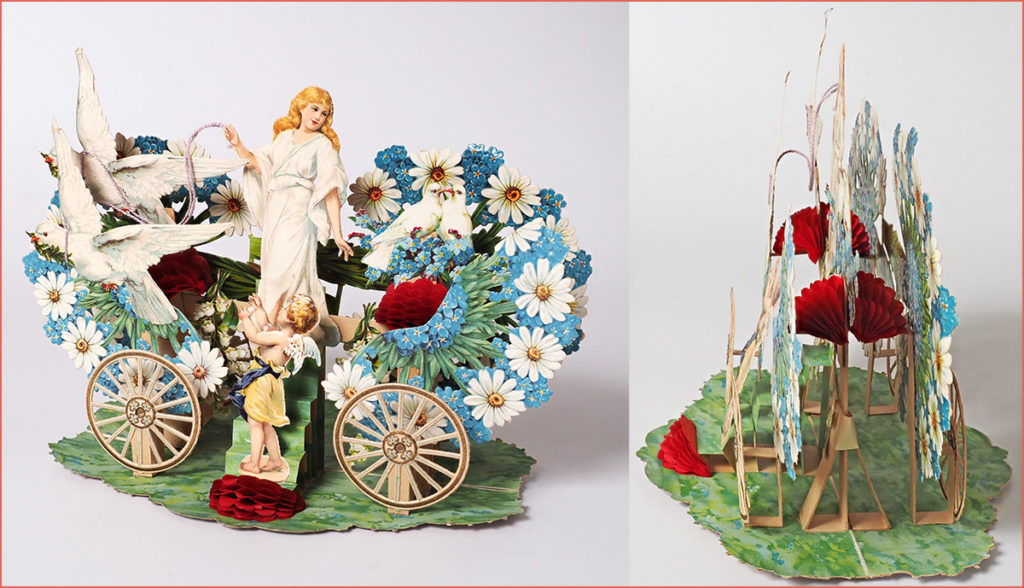I was never much impressed with the products sold in drug store greeting card aisles. They always seemed so insipid and boring. Long ago, I gravitated toward birthday and holiday cards individually created by artists; earlier in my life, I even made my own wooden Christmas cards. And when my wife and I wandered antique shops, I was usually drawn toward the ephemera displays, where I first encountered the century-old “mechanical” Valentine cards made in Germany that I now give my wife each year. These photos of the cards in our growing collection of antique valentines; most date to the 1900-1929 period.


Originally created in 496 AD by an early pope determined to replace a pagan fertility festival with a day of evangelical piety, Saint Valentine’s day was named after a Christian martyr of the Roman era. The myth is that during his imprisonment, Valentine fell in love with the daughter of a guard and, just before he went to his beheading on Feb. 14, 278 AD, left her a note signed “Your Valentine.” That began what, over the centuries, grew into the popular custom of sending notes professing one’s romantic feelings on Feb. 14.
By the late 1700s, made possible by early advances in the technology of printing, commercially produced Valentine cards became available. By the 1860s, the manufacture and sale of Valentine cards was a major business operation in both the U.S. and Europe. In Massachusetts, entreprenuer Esther Howland’s kitchen table start-up turned into a major industry that earned her the historical moniker “Mother of the American Valentine.”
By the final decade of the 1800s, artisans in Germany and Austria perfected mass production of three-dimensional “mechanical” Valentine cards. This was made possible by their development of advanced printing, die cutting, embossing and paper shaping technologies.
These German and Austrian creations used paper structural elements in novel new ways to create what, in effect, were multi-layer three-dimensional paper sculptures. These cards were very popular throughout the U.S. during the period from 1900 to the end of the 1920s.
Today, some of these surviving mechanical cards are worth thousands of dollars apiece as collectables. Others can be found in antique shops and online markets like eBay and Etsy for under $50. Search antique die-cut Germany Valentine.











